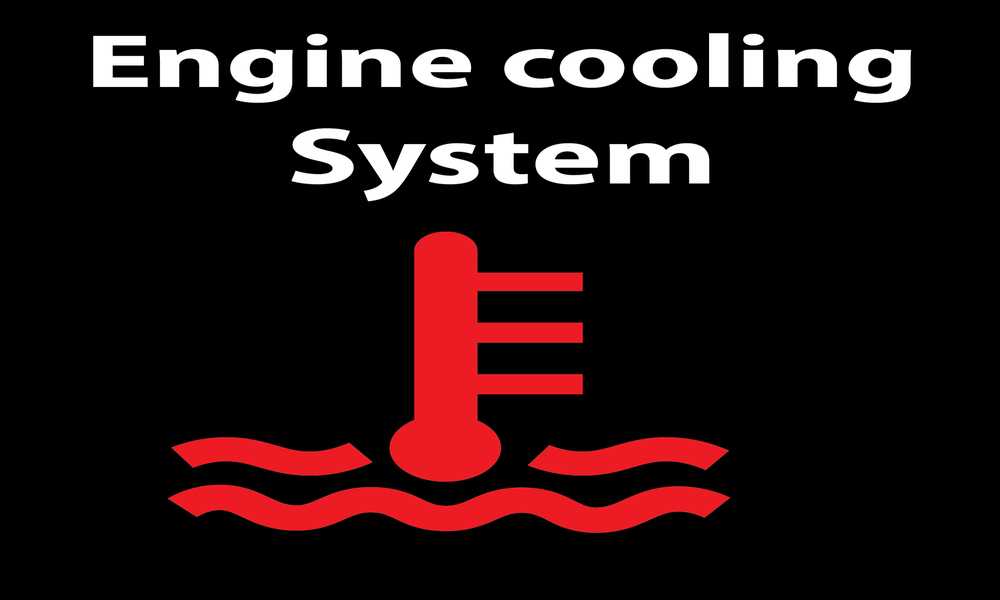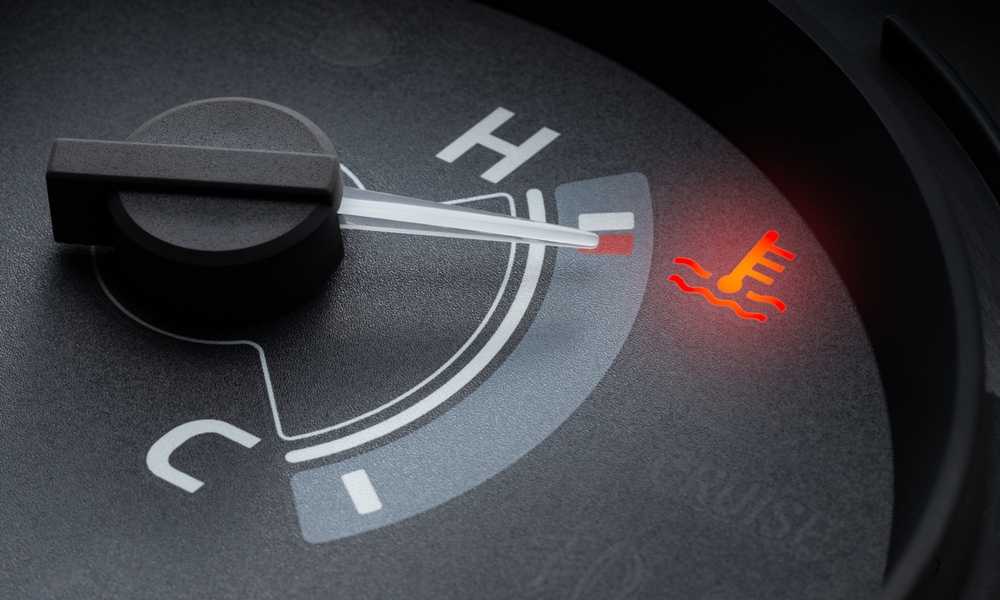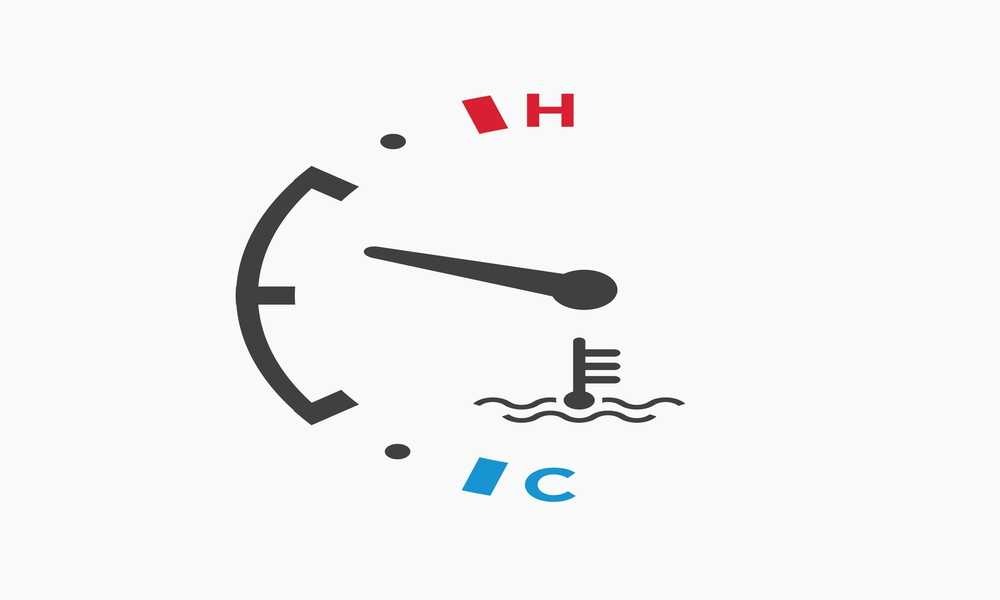Have you ever wondered how long it takes for your car engine to cool down after a long drive? As an essential component of your vehicle, the engine generates heat as it runs. While this is normal, excessive heat can damage the engine and affect its performance. Understanding how to keep your car’s temperature optimal and how to efficiently cool it down when necessary can save you from costly repairs or even a breakdown on the side of the road. In this blog post, we’ll explore everything you need to know about how long does a car engine take to cool down and what signs to watch out for if things go wrong. So buckle up and let’s dive in!
Why does a car’s engine get hot?
The engine is the heart of your vehicle, responsible for powering all its moving parts. As it runs, fuel ignites and generates energy that propels you forward. However, this process also produces a significant amount of heat.
One reason why car engines get hot is because they burn fuel to create energy. The combustion process generates high temperatures that can reach well over 200 degrees Fahrenheit. Additionally, friction between the engine’s moving parts creates even more heat.
To prevent damage from excessive heat, most cars come equipped with a cooling system that regulates their temperature. This system circulates coolant fluid through the engine and radiator to absorb excess heat and transfer it away from sensitive components.
Other factors can also affect how hot your car’s engine gets. For example, driving in extreme weather conditions like hot summers or high altitudes can put additional strain on the engine and cause it to run hotter than usual. Similarly, carrying heavy loads or towing trailers can increase your car’s workload and generate more heat in the process.
There are several reasons why a car’s engine gets hot during normal operation – primarily due to combustion processes and friction between moving parts – but thankfully modern vehicles have efficient cooling systems to keep them running at optimal temperatures under most circumstances.
How long will an engine stay hot?
Car engines can get extremely hot, especially during long drives or in hot weather conditions. But how long will an engine stay hot after you turn off the ignition?
The answer to this question is not straightforward as it depends on various factors such as the size of your car’s engine, its cooling system, and the ambient temperature.
Generally speaking, smaller engines tend to cool down faster than larger ones due to their lower thermal mass. So if you’re driving a small hatchback with a 1.0-liter engine, it may take only a few minutes for the engine to cool down completely.
On the other hand, if you have a large SUV with a 4.0-liter V8 engine that has been running for several hours at high speeds or in very hot weather conditions, it could take up to an hour or more for it to cool down.
Another factor that affects how long an engine stays hot is its cooling system. A well-maintained cooling system with sufficient coolant levels can help dissipate heat faster from the engine block and prevent overheating.
There isn’t one definitive answer when it comes to how long an engine will stay hot after turning off your car’s ignition. It varies depending on different variables and factors specific to each vehicle and situation.
How does the cooling system work to keep the engine temperature optimal?

The cooling system in a car is responsible for regulating the temperature of the engine to keep it running optimally. This crucial function is performed by a combination of parts such as the radiator, water pump, thermostat and coolant.
When the engine heats up during operation, the thermostat opens up to allow coolant from the radiator into the engine block where it absorbs heat from different parts of the engine. The heated coolant then flows back to the radiator where it dissipates heat through its fins and grille.
To further aid in cooling, electric fans or fan clutches are used to draw air over hot radiators while driving or idling at low speeds. Additionally, some vehicles have auxiliary coolers installed that help reduce transmission fluid temperatures.
It’s important to ensure that your vehicle’s cooling system is maintained properly with regular checks on coolant levels and replacement of old or worn components. Neglecting these tasks can lead to overheating which can cause severe damage and even complete failure of your vehicle’s powertrain system.
How long does a car engine take to cool down to change spark plugs?
When changing spark plugs, it’s important to wait for the engine to cool down. This allows you to work on the engine without burning yourself or damaging any components. But how long does it actually take for an engine to cool down enough to change spark plugs?
The answer depends on a few factors such as the type of engine and how hot it is. In general, most engines will need at least 30 minutes to an hour before they are cool enough to safely change spark plugs.
It’s important not to rush this process and try to work on the engine while it’s still too hot. This can result in burns or damage, which could end up costing you more time and money than waiting for the engine to properly cool down.
If you’re unsure if your engine is cool enough, touch various parts of it with your hand (with caution!) If everything feels lukewarm or cold then it should be safe enough for you make changes.
Remember that when dealing with car engines patience pays off!
How long does it take for a car to cool down for an oil change?
One important reason to cool down your car’s engine is for an oil change. When the engine is hot, the oil becomes less viscous and flows more freely, making it difficult to drain completely. So how long should you wait before changing your car’s oil?
The general rule of thumb is to wait at least 30 minutes after turning off the engine before attempting an oil change. This gives enough time for the engine components to cool down and allows the hot oil to settle back into its normal state.
However, if you’re short on time or need a quick fix, there are some tips that can help speed up the cooling process. For instance, try opening all windows and doors while driving at a moderate speed or parking in a shaded area with good airflow.
It’s worth noting that waiting too long could also have negative consequences on your vehicle’s health; old dirty oil can cause wear and tear on critical parts of your engine leading to costly repairs.
It’s best practice to always wait for at least 30 minutes before starting an oil change procedure but if necessary use some of these tips as preventive measures against overheating engines which could lead premature failure of vital engingine components.
How long to wait for engine to cool down before adding coolant?
Adding coolant to a hot engine is not recommended as it can cause damage to the engine. The cooling system of a car needs time to cool down before adding coolant. But how long should you wait?
The general rule of thumb is to wait at least 30 minutes after turning off your engine before adding coolant. This gives the engine enough time to cool down and avoid any potential harm or injury.
It’s important not to rush this process, even if you’re in a hurry. Adding cold coolant too soon could cause thermal shock, which can crack your engine block or head gasket.
If you notice that your car’s temperature gauge is reading high, pull over and turn off the ignition immediately. Let the car sit for at least an hour before attempting any repairs or refilling the coolant reservoir.
Waiting at least 30 minutes for your engine to cool down before adding more coolant is crucial for maintaining optimal performance and preventing costly damages caused by overheating or thermal shocks.
Car engine still hot after 2 hours

One common concern among car owners is when their engine remains hot to the touch even after a couple of hours since they last used it. While this may seem alarming, there are several factors that can contribute to a still-hot engine.
The outside temperature plays a significant role in how long it takes for an engine to cool down. In hotter climates, engines will take longer to cool down compared to cooler climates.
If you had just completed a long drive or were stuck in traffic before turning off your engine, the heat generated by your vehicle’s exhaust system could have caused your engine components to retain heat for some time.
If any of your car’s cooling system components such as the thermostat or radiator are faulty and not functioning properly, this could cause prolonged retention of heat by various parts of the engine.
It is important always to perform routine maintenance checks on all aspects related to your vehicle’s cooling system and ensure that everything is working correctly.
What is the fastest way to cool down a car engine?
When a car engine overheats, it can be quite alarming. The first thing that comes to mind is usually “how do I cool this down quickly?” There are different methods you can use to bring the engine temperature back to normal.
One of the fastest ways to cool down an engine is by turning on the heater and setting it at full blast. This may seem counterintuitive since we tend to associate hot air with more heat, but what happens here is that the heater draws some heat away from the engine and dissipates it into the cabin.
Another method involves opening up your hood and allowing air flow around the engine. You can also use a fan or portable AC unit if available. However, never pour cold water over a hot engine as this could lead to cracking of metal parts due to thermal shock.
Prevention is better than cure when dealing with an overheating car engine. Regular maintenance checks ensure that all components of your cooling system are working perfectly well which prevents overheating issues in most cases.
Signs of an overheating engine
An overheating engine is a serious issue that can cause significant damage to your vehicle if not addressed promptly. It’s crucial to recognize the signs of an overheating engine so you can take action before it’s too late.
One of the most noticeable signs of an overheating engine is a rising temperature gauge on your dashboard. If you see this happening, it indicates that your engine is heating up beyond its normal operating range and needs attention immediately.
Another sign of an overheating engine may be steam or smoke coming from underneath the hood. This could mean that coolant is boiling over due to extreme heat and pressure within the system.
You might also notice a sweet smell coming from under the hood. That may indicate that coolant has leaked out and evaporated due to excessive heat in the engine bay.
Additionally, reduced power or acceleration while driving can point towards an overheated motor since high temperatures affect fuel combustion efficiency negatively.
In case you experience any of these warning signs, turn off your vehicle as soon as possible and let it cool down before attempting even basic maintenance tasks like adding oil or checking fluid levels.
Can an engine survive overheating?
An engine is designed to operate at a certain temperature range, and overheating can cause serious damage. While an engine can survive some degree of overheating, it depends on the severity and duration of the heat.
Minor overheating may not cause any permanent damage if you take immediate action to cool down your engine. However, prolonged exposure to high temperatures can warp or crack critical components such as cylinder heads or block, causing irreversible damage that requires costly repairs.
Overheating can also lead to oil breakdown and coolant loss which can further exacerbate the problem. In addition, extreme heat causes metal parts in the engine to expand beyond their tolerance levels resulting in piston scoring or even complete seizure.
While an engine may survive minor instances of overheating without significant repercussions if caught early enough. It’s important for drivers to monitor their vehicle’s temperature gauge closely and take appropriate measures when they notice any signs of excessive heat buildup.
How can a car’s engine overheat?
An overheating engine is a common problem that many car owners face. There are several reasons why an engine may overheat, including low coolant levels, a malfunctioning thermostat, and leaks in the cooling system.
Low coolant levels can cause an engine to overheat because there isn’t enough fluid to cool the engine properly. This can be caused by a leak in the system or simply from neglecting to check and add more coolant when needed.
A malfunctioning thermostat can also cause an engine to overheat. The thermostat regulates the flow of coolant through the engine based on its temperature. If it fails, it may get stuck closed, preventing enough coolant from flowing through the system.
Leaks in the cooling system are another potential culprit for an overheating engine. These leaks could come from hoses that have cracked or ruptured due to age or wear and tear, or even from a damaged radiator.
It’s important to address any issues with your car’s cooling system immediately if you notice signs of overheating such as steam coming out of your hood or unusual smells coming from under your hood while driving. By identifying and fixing these problems quickly, you can avoid costly repairs down the line.
What should I do if my engine is overheating?
If you notice that your engine is overheating, it’s important to act quickly to avoid serious damage. Here are some steps you can take:
1. Turn off the A/C and crank up the heat: This may sound counterintuitive, but turning off the air conditioning and blasting the heat will help draw heat away from the engine and into the cabin.
2. Pull over: As soon as possible, pull over to a safe location and turn off your car’s engine.
3. Open the hood (carefully): Once you’ve turned off your engine, wait a few minutes for it to cool down before opening the hood. Then carefully open it using a towel or glove in case anything is hot.
4. Check coolant levels: If you have enough coolant in your system, check for leaks or damage to hoses or other components in your cooling system.
5. Call for assistance if necessary: If you’re unable to diagnose or fix an overheating issue yourself, call for roadside assistance or take your vehicle to a mechanic as soon as possible.
Remember that prevention is key when it comes to avoiding an overheated engine – regular maintenance such as checking fluid levels and changing oil can go a long way towards preventing issues down the road!
How long does it take for a car to cool down after overheating?

An overheating engine can be a serious problem, but once the issue has been resolved, it’s important to let your car cool down before driving it again. How long does it take for a car to cool down after overheating? It depends on the severity of the overheating and how hot the engine got.
If you’ve just noticed that your temperature gauge is in the red zone or see steam coming from under your hood, pull over as soon as possible and turn off your engine. Depending on how hot things got under there, you may need to wait anywhere from 30 minutes to an hour for everything to cool down.
Once some time has passed and you’re ready to try starting your car again, keep an eye on your temperature gauge. If it starts creeping back up into dangerous territory right away, give things more time to cool down before trying again.
In general, if you want to err on the side of caution (and who doesn’t?), waiting at least an hour should give everything enough time to get back within normal operating temperatures. But always pay attention to what’s going on under that hood – if something seems “off,” don’t hesitate to reach out for professional help!
Final thoughts
In the end, it’s important to remember that a car engine can take varying amounts of time to cool down depending on multiple factors. The cooling system and its components play an essential role in maintaining optimal temperatures, but it’s also crucial for drivers to pay attention to warning signs of overheating and take preventive measures. Waiting for the engine to cool before performing certain tasks like changing spark plugs or adding coolant is always recommended.
If you do experience an overheating engine, don’t panic! Pull over safely as soon as possible and turn off the vehicle. Wait until the temperature gauge returns back to normal before driving again. It’s also important not to open the hood immediately after turning off a hot engine as this could cause severe burns from escaping steam.
By understanding how engines work and taking proper care of your vehicle’s cooling system, you’ll be able to prevent overheating issues and prolong your car’s lifespan. Always remember that safety comes first when dealing with engines, so never hesitate to seek professional help if needed.



